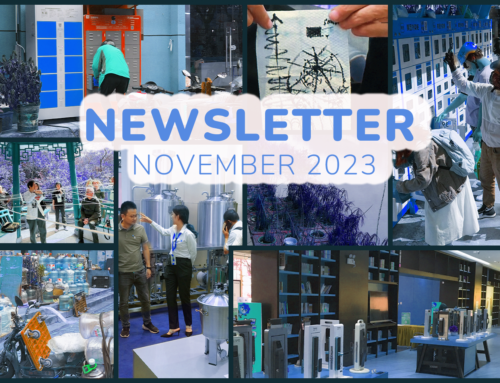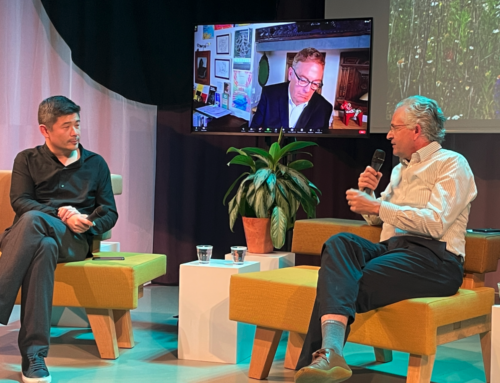This is a story about the European funded project – Maypole – in which we (Doors folk) were part of the team.
Informal communication – sharing jokes, teasing each other, asking what kind of day you’ve had – is an important part of everyday life. Most families also do a lot of communicating to organise and schedule shared resources: car pools and school runs in the morning; ferrying kids to sporting events after school; getting in touch for help with homework in the evening. A big proportion of the 100 billion minutes of telephone calls made each year are short-distance – so the market for any service that adds value to local, intra-community communications is potentially vast. This is why Maypole focuses on new ways to enhance social communications among an extended family in the community.
Early on, two real-world communities were researched by a variety of methods (see picture and caption) at a secondary school in Vienna, Austria, and among a scout troop in Helsinki, Finland. In looking for communication distinctions in this context, the Maypole team realised that some logistical tasks, like car sharing, were too complex – and too riddled with security issues – to be tackled in this kind of project. They decided instead to focus on social communication- the constant chatting, ‘grooming’ and bonding that keep families and communities healthy.
Maypole researchers discovered that communication through pictures fosters unexpected forms of social interaction. Images are already used socially in lots of different ways – and on a huge scale: last year, more than 2,700 photographs a second were taken world-wide. Designers and community members came up with lots of new ways to use images. Early ideas ranged from pure fun (‘Look, this is Daddy with the head of Mr. Bean’) to the need for reassurance (‘Look, our baby is happy in the day-care centre’). Working with children and parents, Maypole partners developed dozens of scenarios before selecting the most promising four pictorial communication concepts – different devices that talk to each other in a local network. These will now be developed, prototyped and tested in field trials.
The final year of the project (through to late 1999) involves the development of these prototypes. These will be working models, developed by Maypole’s technology partner, Nokia, the Finland-based consumer electronics company; or interaction designs made by Ideo, a leading interaction design company. The Center for User Research & Engineering in Vienna, and the Helsinki University of Technology, are leading the project’s user-research; Meru Research of The Netherlands researches process methodology. The project is managed, and its results communicated, by the Netherlands Design Institute.
On the Maypole project chart – nicknamed ‘the courgette plant’ by team members – different strands of work progress on their own for weeks at a time – but come together and interact with each other at three-monthly project meetings – the red bits. The collaboration has worked because different disciplines are only asked to compromise at intervals.
There has of course been tension between mono-disciplinary work and inter-disciplinary synthesis – but so far the tension has produced mainly positive energy, say team members.

